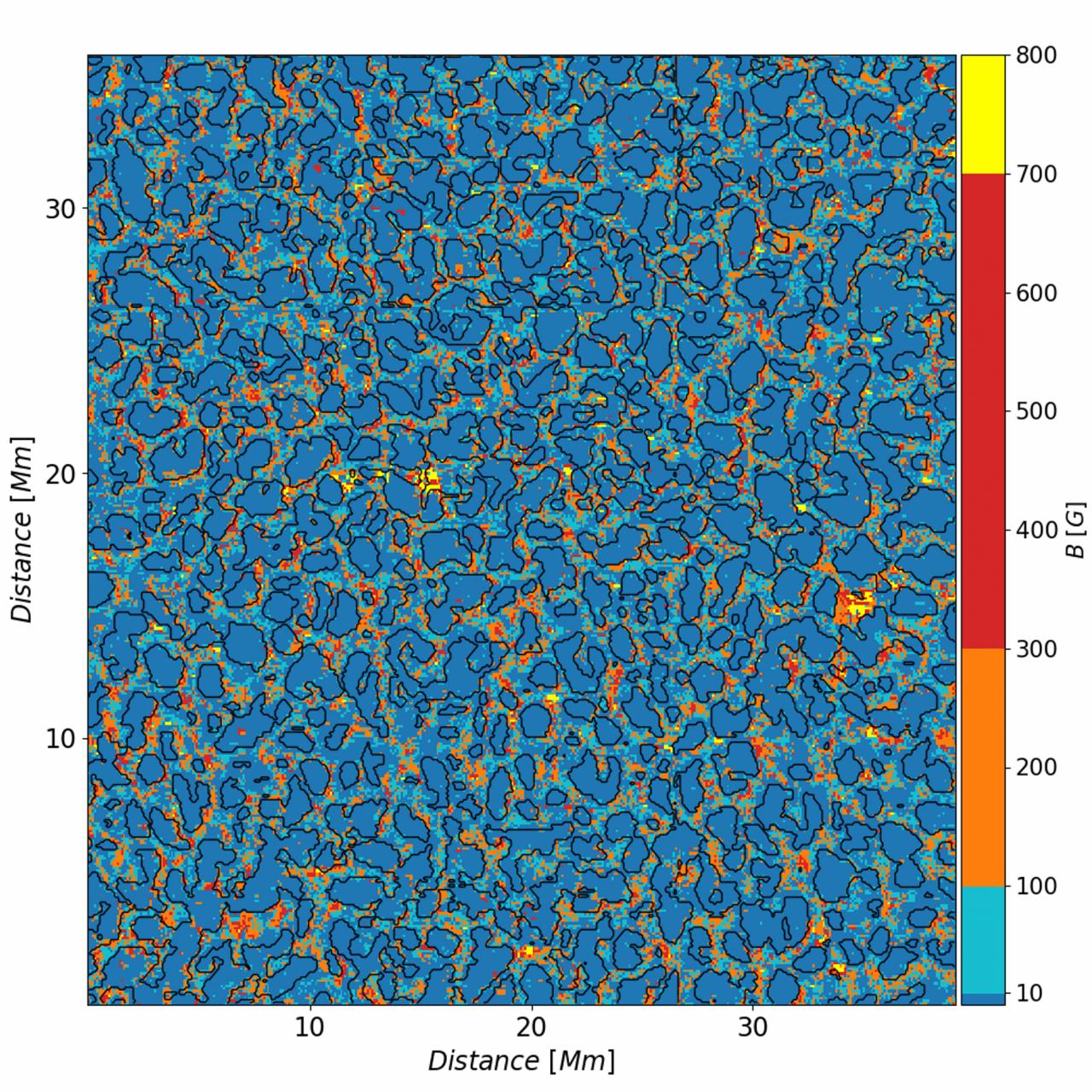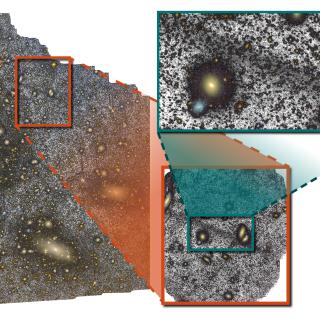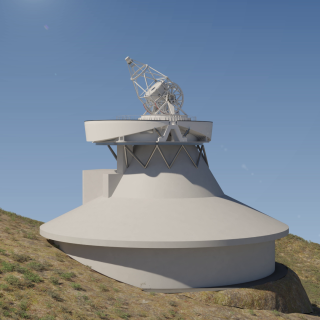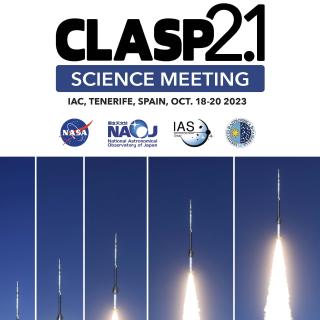The Sun is the only star where we can resolve the intricate magnetism that all convective stars harbor. Yet, more than 99% of its visible surface along the solar cycle (the so-called quiet Sun) is filled with a tangled, unresolved magnetism. These “hidden” fields are thought to store enough magnetic energy to play a role in the heating of the Sun’s outer atmosphere, but its field strength is still not constrained. Previous investigations based on the Hanle effect in atomic lines claim a strong magnetization of about 100 G, while the same effect in molecules show a factor of 10 weaker fields. The discrepancy disappears if the magnetic field strength of the hidden field is not homogeneous in the solar surface. In this work, we prove using magneto-hydrodynamical simulations that it is possible to infer the average field strength of the hidden quiet Sun magnetic fields using multi-line inversions of intensity profiles in the Zeeman regime. Using this technique with 15 spectral lines in the 1.5 µm spectral range, we reveal that the spatial distribution of the hidden field is strongly correlated with convection motions, and that the average magnetization is about 46 G. Reconciling our findings with the Hanle ones is not obvious and will require future work on both sides, since it implies an increase of the field strength with height, something that is physically questionable.
Average magnetic field of the quiet Sun as inferred from the observational data. Black contours display the frontier between granules and intergranules (i.e. the continuum intensity Ic=1.0). The magnetic field strength color bar has been clipped at 800 G.
Advertised on
Authors
J. C. Trelles Arjona
María Jesús
Martínez González
Basilio
Ruiz Cobo
References



